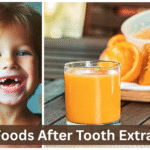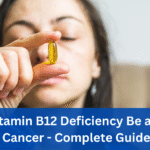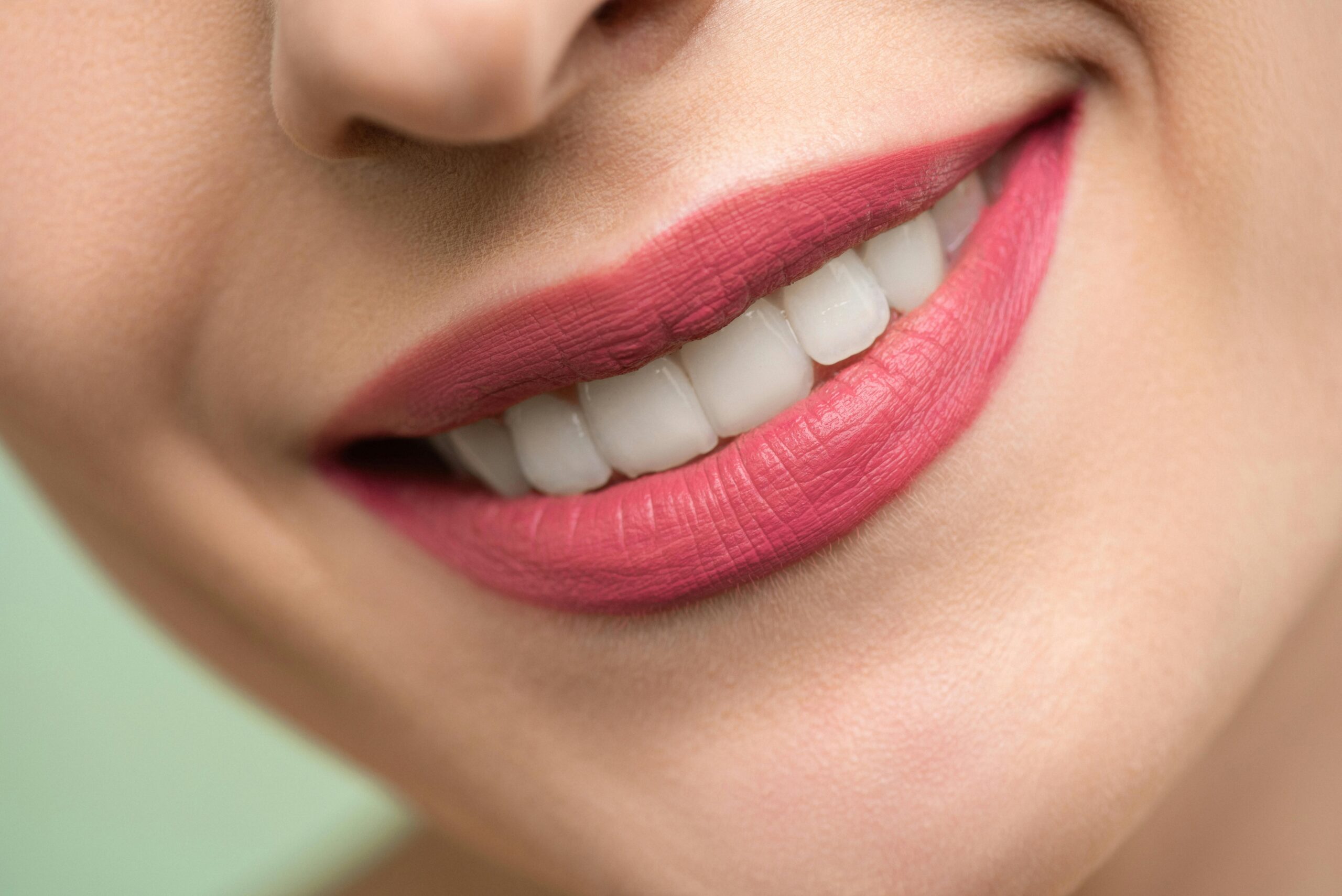I. Introduction
In recent years, more people have embraced holistic health practices, including natural teeth whitening and alternative oral care solutions. This shift toward simpler, cleaner, and more affordable routines has brought common household items into the spotlight. Among them, baking soda has emerged as a reliable favorite.
Used for everything from cleaning kitchens to neutralizing odors, baking soda also has a long history in dental care. Brushing teeth with baking soda has gained popularity for its perceived ability to whiten teeth and promote oral health naturally. But how effective is it, and what should you know before replacing your regular toothpaste?
II. What Is Baking Soda and How Does It Work?
Baking soda, also known chemically as sodium bicarbonate, is a naturally occurring compound with mild abrasive properties and a slightly alkaline pH. These characteristics make it a valuable tool in dental hygiene.
Its abrasive quality helps gently scrub away surface stains without the use of harsh chemicals. The alkalinity of baking soda allows it to neutralize mouth acids, which can reduce bacteria growth and protect tooth enamel. This dual action makes it not just a whitening agent but also a natural cleanser for your entire mouth.
III. Benefits of Brushing Teeth with Baking Soda
Whitening Effects
Baking soda’s fine particles work to remove discoloration caused by coffee, tea, and smoking. The natural abrasiveness targets extrinsic stains, making it a popular option for those seeking safe ways to whiten teeth without harsh bleaches or professional procedures.
Plaque Removal
When used properly, baking soda helps dislodge plaque—a sticky film of bacteria—from teeth surfaces. This action supports baking soda for dental hygiene by reducing buildup and freshening the mouth.
Freshens Breath
Baking soda’s alkaline properties help neutralize the acids in your mouth that cause bad breath. This makes it ideal for those exploring DIY oral care remedies as a way to manage halitosis naturally.
Affordable and Accessible
Unlike expensive whitening strips or boutique toothpaste brands, baking soda is both budget-friendly oral care and widely available. It’s a cost-effective solution for anyone looking to improve their dental health without breaking the bank.
IV. How to Brush Your Teeth with Baking Soda Safely
To make the most of brushing with baking soda while minimizing risks, follow this step-by-step guide:
-
Mix a Paste: Combine one teaspoon of baking soda with a few drops of water until you create a thick paste.
-
Apply to Brush: Use a soft-bristled toothbrush to scoop a small amount of the paste.
-
Brush Gently: Brush in circular motions for about two minutes. Avoid applying too much pressure to protect enamel.
-
Rinse Thoroughly: After brushing, rinse your mouth well with water to remove any residue.
-
Repeat Moderately: Use this method no more than 1–2 times per week to avoid enamel wear.
You can also try a baking soda toothpaste recipe by mixing baking soda with coconut oil or peppermint essential oil for added flavor and antimicrobial benefits.
V. Risks and Precautions
While brushing with baking soda offers benefits, it is not without potential downsides:
-
Enamel Damage: Frequent or aggressive brushing can lead to baking soda and enamel erosion, weakening the protective outer layer of teeth.
-
Sensitivity: Overuse may cause or worsen teeth sensitivity and baking soda is not always a good match for already sensitive teeth.
-
Unsuitable for All: Individuals with braces, crowns, or veneers should avoid baking soda as it may scratch or discolor dental work.
-
Professional Guidance: Always consult your dentist before changing your oral care routine, especially if you have underlying dental issues.
VI. Baking Soda vs. Traditional Toothpaste
Whitening
While baking soda can effectively remove surface stains, it doesn’t contain the peroxide agents often found in professional whitening formulas. However, for those seeking dentist-approved teeth whitening, many products now include baking soda alongside fluoride and peroxide for enhanced results.
Cavity Protection
Commercial toothpaste usually contains fluoride, which strengthens enamel and helps prevent cavities. Baking soda lacks this mineral, making it an alternative to fluoride toothpaste, but not a complete substitute unless supplemented.
Long-Term Safety
Traditional toothpaste undergoes rigorous testing for long-term use. With baking soda, moderation is key. Its abrasive effects of baking soda may compromise enamel over time if not used properly.
When to Use Each Method
Baking soda can serve as a supplement to your regular oral hygiene, not a replacement. Alternate between the two for the best of both worlds.
VII. Natural Alternatives to Baking Soda for Oral Care
If you’re looking for other natural solutions, here are some options:
-
Activated Charcoal: Known for its strong adsorption properties and popular for deep stain removal.
-
Coconut Oil Pulling: An ancient Ayurvedic practice that helps reduce bacteria and improve gum health.
-
Hydrogen Peroxide (Diluted): When used cautiously, it acts as a mild bleaching agent and disinfectant.
-
Herbal Tooth Powders: Contain a mix of natural ingredients like clove, neem, and mint for a holistic approach.
These alternatives cater to various preferences within the growing trend of DIY oral care remedies.
VIII. Dentist Opinions and Scientific Backing
Dentists generally agree that occasional use of baking soda is safe and effective for surface stain removal and freshening breath. Several studies have shown that toothpastes containing baking soda are more effective in plaque removal compared to those without it, supporting baking soda and oral health when used responsibly.
However, most dental professionals emphasize that baking soda should not be a stand-alone dental solution. It lacks fluoride and antimicrobial agents found in standard toothpaste. As such, it should be used in conjunction with regular dental hygiene practices—not as a replacement.
The American Dental Association (ADA) has not endorsed baking soda as a substitute for fluoridated toothpaste, though some products that include baking soda do meet ADA approval when combined with other essential ingredients.
IX. Final Thoughts
Brushing teeth with baking soda is a simple, affordable, and effective way to enhance your oral hygiene when used properly. It offers several benefits—whitening, plaque removal, and fresher breath—while being budget-conscious.
However, overuse can lead to baking soda and enamel erosion, and its lack of fluoride means it shouldn’t entirely replace your regular toothpaste. Pair it with a balanced oral care routine and consult your dentist to ensure it’s the right fit for you.
By understanding its properties, benefits, and limitations, you can make informed decisions about incorporating baking soda into your dental care routine.
X. FAQs
Is it safe to brush daily with baking soda?
No. Daily use can wear down enamel due to its abrasive nature. Limit usage to once or twice a week.
Can baking soda remove tartar?
While baking soda helps reduce plaque, it cannot remove hardened tartar. For that, a professional dental cleaning is necessary.
Does baking soda help with gum disease?
It may reduce bacteria that contribute to gum issues, but it is not a cure. It should be part of a broader oral hygiene plan.
Will baking soda damage fillings?
Yes, over time, it may wear down composite materials or scratch dental work. Those with fillings or veneers should consult a dentist before use.





